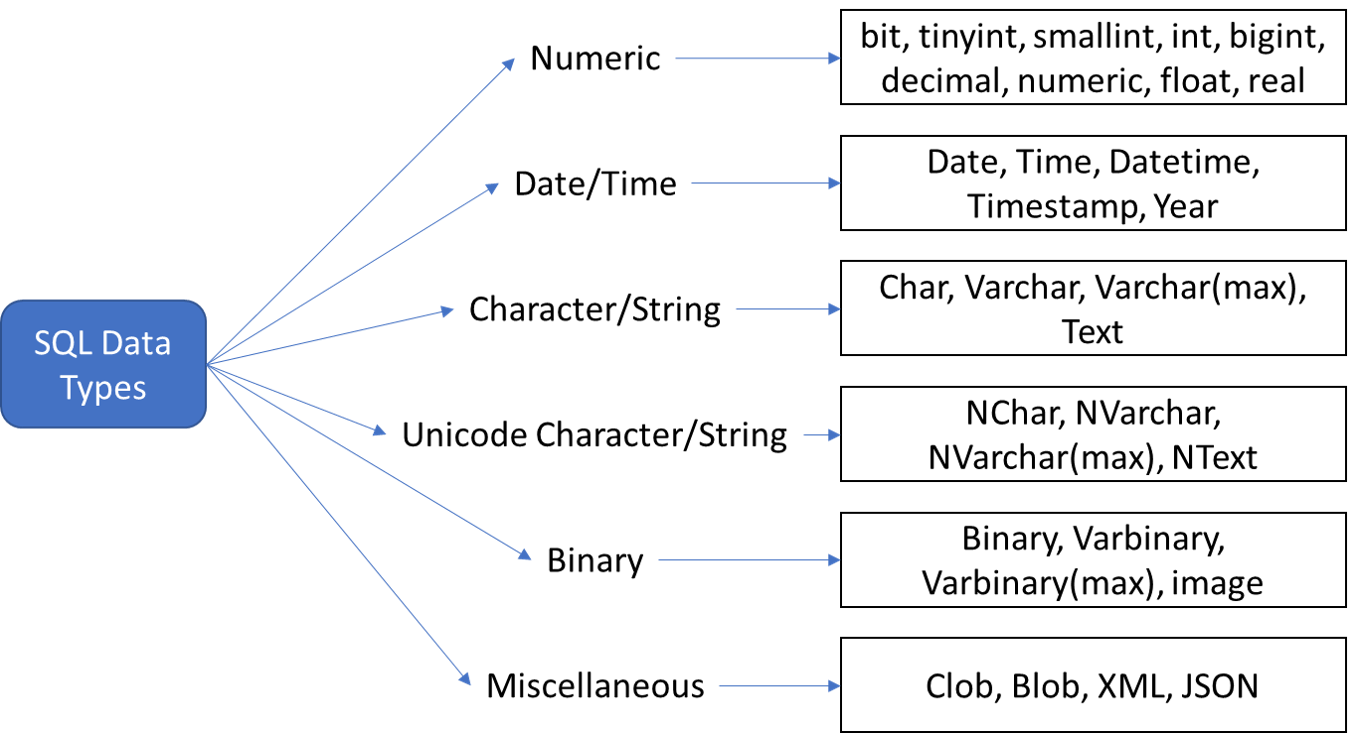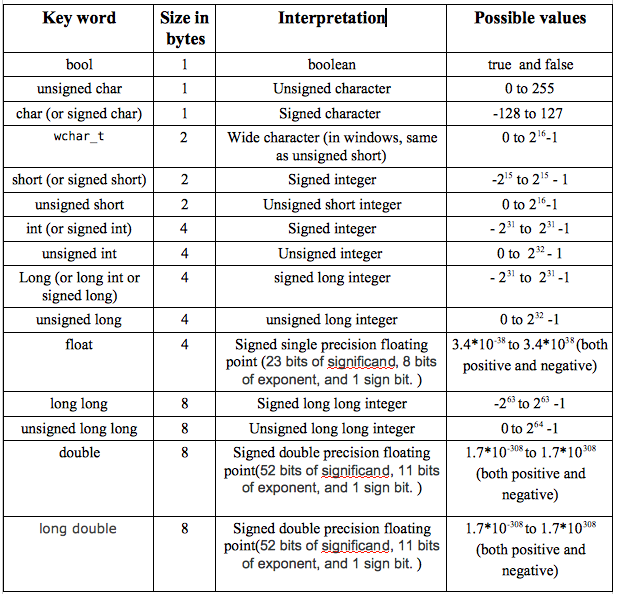

Blockchain, a hash-based chained data structure that can persist state history over time.Many graph-based data structures are used in computer science and related fields: These are data structures used for space partitioning or binary space partitioning. Disjoint-set data structure (Union-find data structure).In these data structures each tree node compares a bit slice of key values. Trees are a subset of directed acyclic graphs. Doubly connected edge list also known as half-edge.Linked list also known as a Singly linked list.The detection for duplicates is based on some inbuilt (or alternatively, user-defined) rule for comparing elements.Ī data structure is said to be linear if its elements form a sequence. Depending on the implementation of the data type, attempting to add a duplicate element may either be ignored, overwrite the existing element, or raise an error. "Uniqueness" means that duplicate elements are not allowed. For a structure that isn't ordered, on the other hand, no assumptions can be made about the ordering of the elements (although a physical implementation of these data types will often apply some kind of arbitrary ordering).

This order is usually determined by the order in which the elements are added to the structure, but the elements can be rearranged in some contexts, such as sorting a list. "Ordered" means that the elements of the data type have some kind of explicit order to them, where an element can be considered "before" or "after" another element. WikiProject Computer science may be able to help recruit an expert. The specific problem is: further features needed. (Since V3.6 2017.10.23.This article needs attention from an expert in Computer science. The valid date range is 0001.01.01 to 9999.12.31. Nominal data and ordinal data are the two qualitative data types. Other encodings may give different results. For example, assuming that the input encoding is UTF-8: q)"Zürich" Data types are divided into two groups: Primitive data types - includes byte, short, int, long, float, double, boolean and char. Strings can include multibyte characters, which each occupy the respective number of bytes.

In q, the nearest equivalent to an atomic string is the symbol. On this site, string is a synonym for character vector (type 10h). Timezones Basic types ¶ The default type for an integer is long ( 7h or "j").īefore V3.0 it was int ( 6h or "i").

Inf infinity (no math on temporal types) 0Wh is 32767hħ8-96 77+t – mapped list of lists of type t 105 composition The former are the simplest forms of representing data, whereas the latter are more advanced. Generally, data structures can be divided into two categories in computer science: primitive and non-primitive data structures. 9h$3 c character used lower-case for Cast and upper-case for Tok and Load CSV sz size in bytes This implementation requires a physical view of data using some collection of programming constructs and basic data types. N short int returned by type and used for Cast, e.g. Netĥ h short 2 0h 0Nh 0Wh smallint Short int16ĩ f float 8 0.0 0n 0w float Double doubleġ2 p timestamp 8 dateDtimespan 0Np 0Wp Timestamp DateTime (RW)ġ5 z datetime 8 dateTtime 0Nz 0wz timestamp Timestamp DateTime (RO)ġ6 n timespan 8 00:00:00.000000000 0Nn 0Wn Timespan TimeSpanġ9 t time 4 00:00:00.000 0Nt 0Wt time Time TimeSpan


 0 kommentar(er)
0 kommentar(er)
